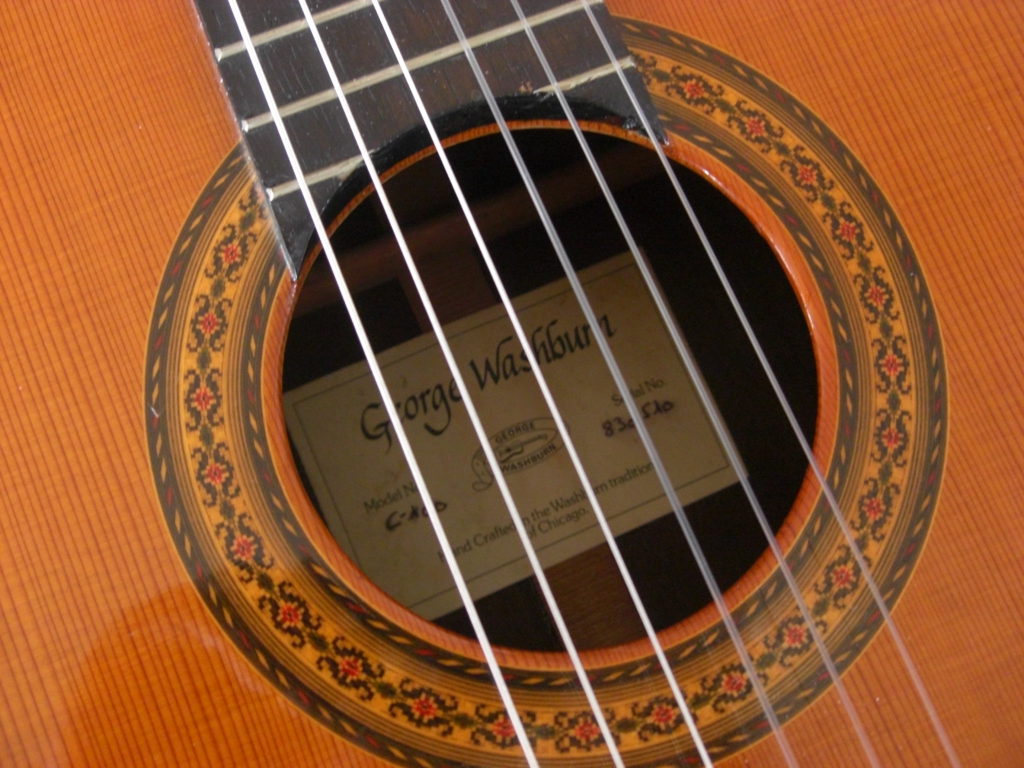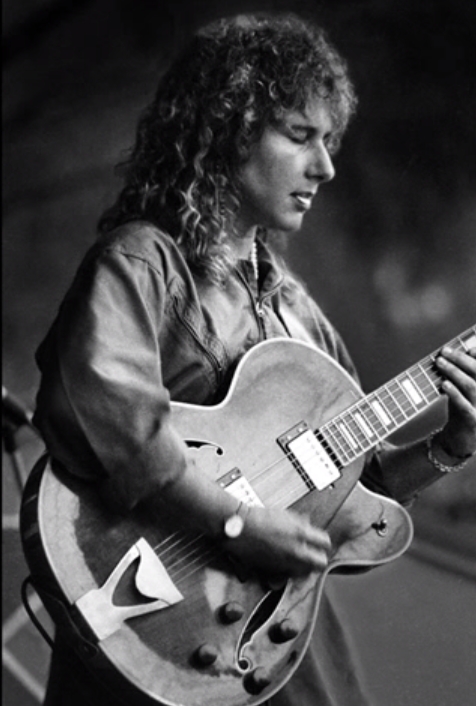The studies by Matteo Carcassi were the first bigger pieces for the classical guitar that I have learned. Those studies are great to develop a solid technique for the classical guitar, and at the same time they are great music too.
I used an edition by Silvio Ranieri (Edition Crantz) who was a famous mandolin- and guitar player and teacher in Brussels during the first half of the 20th century. His edition was very usefull, the fingerings were good, and so those studies helped me to develop a good technique.
Today it is easy to download the music from different sources, especially if you like the original edition from the 18th century. You can also find some selected studies with hints about how to play them on different sites. I have compiled some usefull links at the end of this post. It might however be good to use a modern edition of those studies.
If you want to listen how others play thise studies you can find hundreds of videos at youtube. It is however not easy to find the best videos. A good starting point are the playlists that have been compiled by some users.
I have just started a new playlist which is not complete yet but which does already contains some interesting versions of the studies.
I have found two other playlists with a complete set of all 25 studies:
Playlist by user guitarclaus – Carcassi op. 60
Youtube channel: http://www.youtube.com/user/guitarclaus
The videos I liked most are the videos by Gabriel Schebor. Schebor plays the studies on a romantic guitar similar to the guitar that Carcassi played in the 18th century. Schebor uses the historical technique as Carcassi has described it in his guitar method op.59, which is probably different from the way those studies are played today.
Schebors interpretation of the studies is in general very similar to how I have payed it.
This is my playlist with the recordings by Gabriel Schebor:
The purpose of this video series is to show the results of playing according to Carcassi’s technique, as he exposed in his “Méthode… op.59” of 1836.
Carcassi indicates clearly that the ring finger should used only for 4 notes arpeggios (where unavoidable) and 4 notes chords. No nail playing, thumb always in “rest stroke” and little finger resting on the soundboard. This approach shows similarity with Fernando Sor’s technique and resembles strongly to late renaissance and baroque lutes one.
Additional Information
Notes about the 25 studies: http://www.tecla.com/extras/0001/0345/notes.htm
Detailed biography of Matteo Carcassi: http://www.philippebertaud.com/blog/2010/05/31/matteo-carcassi-the-detailed-biography/
Another biography: http://www.maestros-of-the-guitar.com/matteocarcassi.html
Wikipedia about Matteo Carcassi (German): http://de.wikipedia.org/wiki/Matteo_Carcassi
Wikipedia about Matteo Carcassi (English): http://en.wikipedia.org/wiki/Carcassi
Excellent recordings of all Carcassi studies can be found in the Classical Guitar Forum (registration and activity in the forum required): http://www.delcamp.us/viewforum.php?f=113
Free Sheetmusic
Carcassi Homepage with all published works by Matteo Carcassi (old editions): http://www.carcassimatteo.com/
Free edition by Eythor Thorlaksson (Classical Guitar School): http://www.classicalguitarschool.net/en/Download.aspx?id=1007
Carcassi studies at IMSLP: http://imslp.org/wiki/Etudes,_Op.60_%28Carcassi,_Matteo%29
Studies Nr. 1, 2, 3 und 7: http://benmccartney.com/downloads/studies
Studies No. 7 and 8 with TABs (goto page miscellaneous): http://braumeister.tripod.com/index.htm
Die besten Notenlinks für Gitarre



